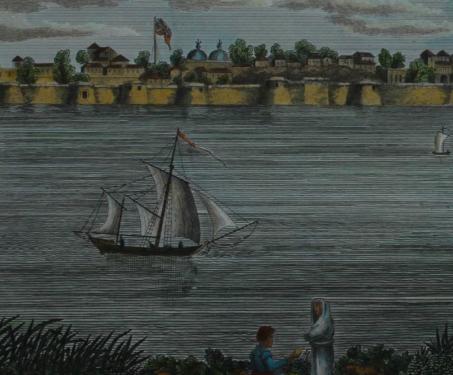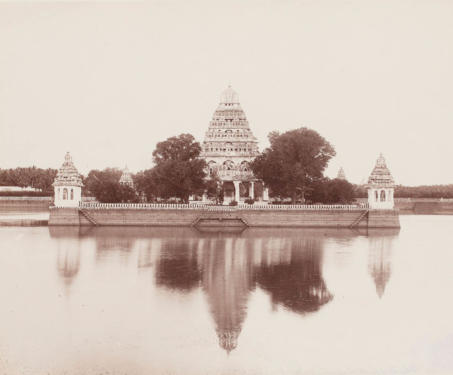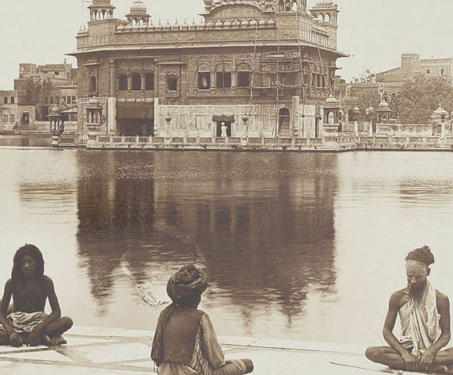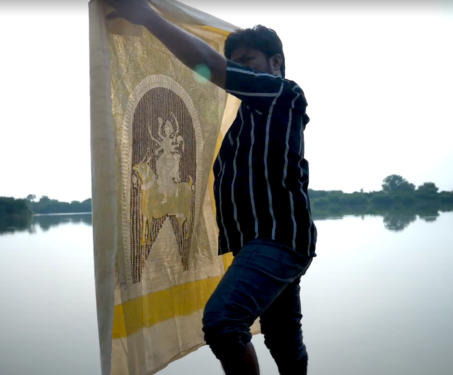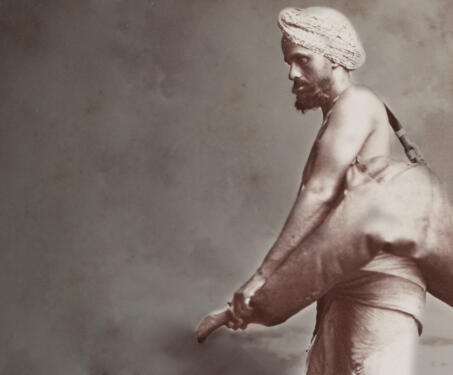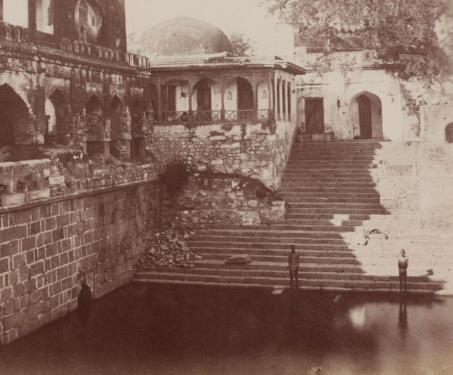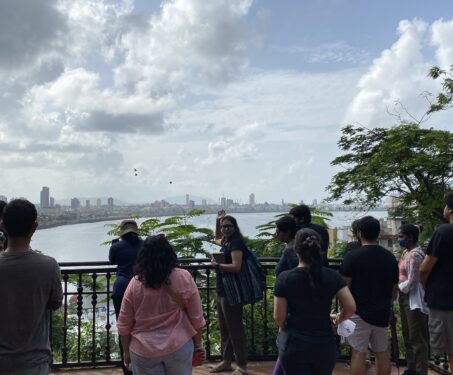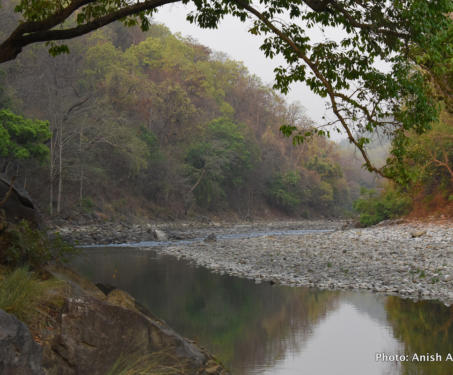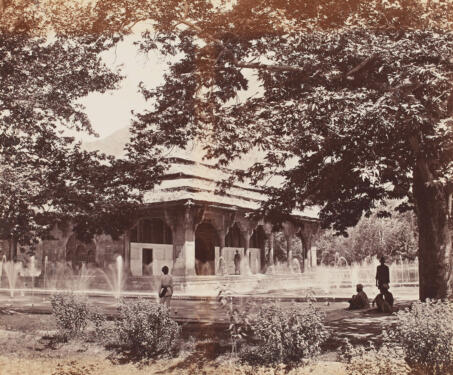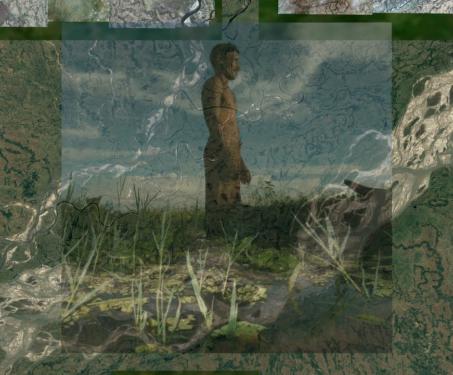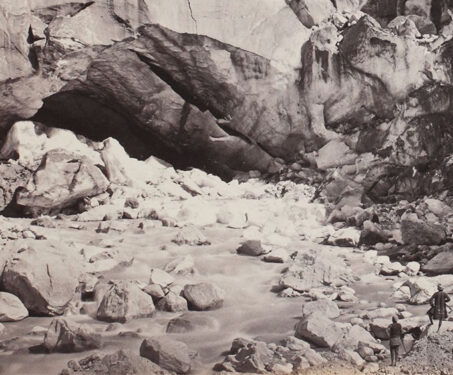They say humans evolved from fish. The evidence is right there on your face. That little groove connecting your lip to your nose is a philtrum. It serves no purpose except to remind us that a long-ago ancestor once stepped out of the water, and never went back.
Or maybe all we do is find reasons to keep going back. Human civilisation follows our primordial urge to stick close to water. It represents security, community and opportunity. It is a companion on our biggest adventures. It is a reflection that mirrors what we’ve created, both the great innovations and the great injustices.
In the 32nd issue of Spotlight, we explore how our basic human instinct to stay close to the water has shaped Indian culture, art and history. India has for millennia been an important stop on maritime trade routes. This has given rise to the phenomena of the port city, where the boundaries separating inside-outside, us-them have always gotten a bit blurry.
Where we travelled, we took our ideas. Faith has followed in the wake of commerce and new shores brought new believers. Religion validated our relationship with water by making it a symbol of the divine.
But artists won’t let us be comforted by empty symbols, not when so much beauty faces extinction. They remind us that water is an elemental force that we pollute and plunder at our own risk. It’s not too late to turn the tide, suggests Rithika Merchant. In Harvest, A Land of Plenty, the artist imagines a new balance.

